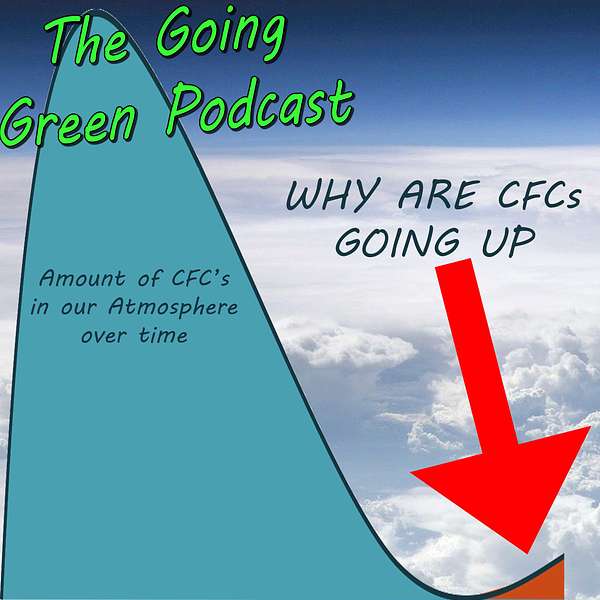
Going Green
Going Green
CFCs are increasing, What are we doing about it
Monitoring CFCs (chlorofluorocarbons) is crucial for several reasons, mainly due to their adverse effects on the environment and climate. The reasons why CFCs should be monitored include:
Ozone layer depletion: CFCs are known to break down the Earth's ozone layer by releasing chlorine atoms when exposed to ultraviolet (UV) radiation. A single chlorine atom can break down thousands of ozone molecules, causing a significant depletion of the ozone layer. This thinning of the ozone layer allows more harmful UV radiation to reach the Earth's surface, resulting in numerous negative consequences for humans, animals, and plants.
Greenhouse gas emissions: CFCs are potent greenhouse gases, with global warming potentials thousands of times greater than carbon dioxide (CO2). They can trap heat in the Earth's atmosphere, contributing to climate change and global warming. Monitoring CFCs can help us understand their role in the global climate system and develop strategies to reduce their emissions.
Compliance with international agreements: The Montreal Protocol and its amendments have established a framework for phasing out the production and consumption of CFCs and other ozone-depleting substances. Monitoring the levels of CFCs in the atmosphere is essential to ensure compliance with these agreements and evaluate the effectiveness of the measures taken by countries to phase out these harmful substances.
Detection of illegal activities: Despite the international ban on CFC production and consumption, there may still be instances of illegal production, trade, and use. Monitoring CFC levels in the atmosphere can help identify such activities and take appropriate measures to stop them.
Assessing the ozone layer's recovery: Monitoring CFC concentrations in the atmosphere allows scientists to track the recovery of the ozone layer over time. As CFC levels decrease, the ozone layer is expected to recover gradually. Observing this progress helps verify the effectiveness of global efforts to protect the ozone layer and can inform future policies and actions.
Guiding research and development: Monitoring CFCs can provide valuable information for researchers and industries working on developing alternative substances and technologies. Understanding the behavior and concentration of CFCs in the atmosphere can inform the development of safer alternatives that are less harmful to the environment and climate.
In summary, monitoring CFCs is essential for protecting the ozone layer, mitigating climate change, ensuring compliance with international agreements, detecting illegal activities, assessing the ozone layer's recovery, and guiding research and development of alternative technologies.